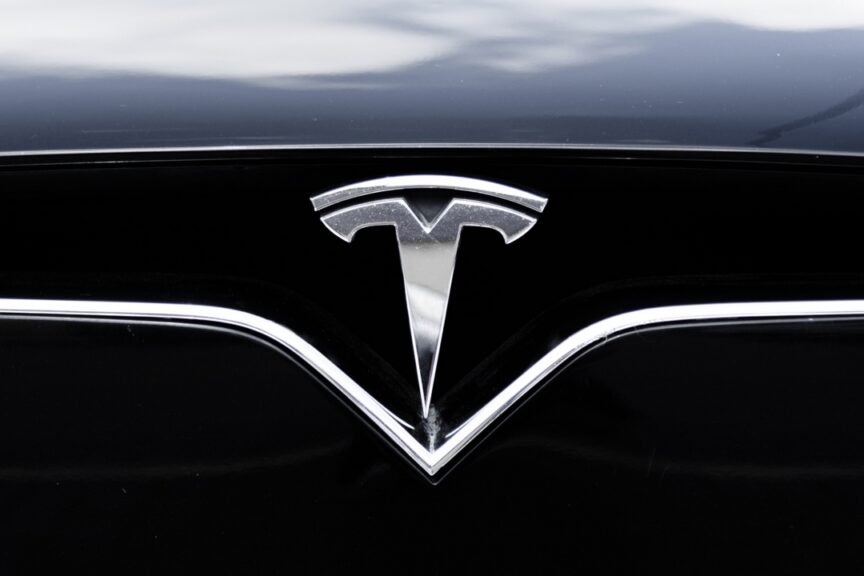Tesla’s Leadership Dilemma: Understanding Musk’s Strategy
As Tesla navigates a pivotal moment under Elon Musk’s leadership, the scrutiny surrounding his strategic decisions has intensified. Musk, a visionary known for his audacious goals and innovative approach, has often been at the forefront of both admiration and criticism. This duality raises a critical question: is Musk’s strategy jeopardizing shareholder trust, or does it hold the key to future success? In this exploration, we will delve into the nuances of Musk’s leadership style, its impact on Tesla’s operations, and ultimately, its implications for shareholders.
The Bold Vision of Elon Musk
Musk’s leadership at Tesla has always been characterized by a bold vision aimed at revolutionizing transportation and energy consumption. His commitment to sustainable energy solutions has positioned Tesla as a leader in the electric vehicle (EV) market. By prioritizing innovation and rapid growth, Musk has successfully captured significant market share and public interest.
However, this aggressive growth strategy is not without its challenges. Musk’s penchant for taking risks can lead to volatility, which can unsettle investors. The dichotomy between visionary aspirations and the need for stable financial performance creates a leadership dilemma that is becoming increasingly pronounced.
Musk’s Strategy: Innovation vs. Stability
At the core of Tesla’s strategy under Musk is a relentless pursuit of innovation. The company has introduced several groundbreaking products, including the Model S, Model 3, and the upcoming Cybertruck, which aim to redefine consumer expectations of electric vehicles. This focus on innovation has garnered significant attention and investment, positioning Tesla as a pioneer in the EV space.
However, this innovation-centric approach often leads to operational challenges. Recent production delays and quality control issues have raised concerns among shareholders about Tesla’s ability to maintain its growth trajectory while ensuring product reliability. The question arises: can Musk balance the need for innovation with the necessity of operational stability?
One of the most significant impacts of Musk’s leadership style is its effect on shareholder trust. While many investors are drawn to the company’s vision and potential for future growth, others express concerns over Musk’s unpredictable behavior and decision-making process. High-profile incidents, such as his controversial tweets and public statements, have led to increased scrutiny from regulators and the market.
Shareholders are particularly sensitive to the following aspects of Musk’s leadership:
- Volatility: Musk’s tweets can cause fluctuations in stock prices, leading to uncertainty among investors.
- Production Challenges: Musk’s ambitious timelines often result in delays, which can affect Tesla’s financial performance.
- Public Perception: Musk’s public persona and statements can influence brand reputation and consumer confidence.
To understand the full impact of Musk’s strategy on shareholder sentiment, it’s essential to analyze recent trends in Tesla’s stock performance. Despite experiencing significant growth over the past decade, Tesla’s stock has faced periods of volatility. This fluctuation often correlates with Musk’s public statements or company announcements, underscoring the link between leadership decisions and market reactions.
Many shareholders exhibit a mixed sentiment towards Musk’s approach. On one hand, they appreciate the potential for long-term growth and innovation. On the other hand, the risks associated with Musk’s leadership style create an atmosphere of uncertainty. This duality can lead to a broader discussion about the sustainability of Tesla’s business model in the face of increasing competition in the EV market.
The Role of Competition and Market Dynamics
As Tesla continues to grow, it faces mounting competition from both traditional automakers and new entrants in the EV space. Companies like Ford, General Motors, and startups such as Rivian and Lucid Motors are investing heavily in electric vehicle technology, making the market landscape more competitive than ever.
This competitive pressure heightens the stakes for Musk and Tesla. Investors are keenly aware that while Musk’s vision may be revolutionary, execution is critical in an increasingly crowded market. The ability to innovate while managing operational efficiency will be crucial for maintaining shareholder trust.
Potential Strategies for Future Success
To navigate this leadership dilemma, Musk may need to consider several strategies that align innovation with stability:
- Enhancing Operational Efficiency: Streamlining production processes and investing in quality control can help mitigate the risks associated with rapid expansion.
- Improving Communication: Transparent communication with shareholders regarding timelines and production challenges can foster trust and minimize uncertainty.
- Diversifying Offerings: Expanding product lines and exploring new markets can reduce reliance on a single revenue stream, providing more stability.
The Future of Tesla Under Musk’s Leadership
As Tesla moves forward, the interplay between Musk’s visionary leadership and the practical needs of shareholders will be pivotal. While his strategy has undoubtedly propelled the company into a leadership position within the EV market, the sustainability of such an approach remains in question.
Industry experts suggest that finding a balance between innovation and operational stability will be essential for maintaining shareholder trust. If Musk can adapt his leadership style to address these challenges, Tesla may not only retain its current investors but also attract new ones seeking a stake in the future of sustainable transportation.
Conclusion: A Path Forward
In conclusion, Tesla’s leadership dilemma under Elon Musk is emblematic of the broader challenges faced by innovative companies in rapidly evolving markets. While Musk’s bold vision has undoubtedly shaped the landscape of the electric vehicle industry, the implications of his approach on shareholder trust cannot be overlooked. By enhancing operational efficiency, improving communication, and diversifying offerings, Musk may chart a path toward sustainable growth that reassures investors while continuing to push the boundaries of innovation.
As Tesla continues to redefine the future of transportation, the onus is on Musk to navigate this leadership dilemma effectively. Balancing the needs of shareholders with a commitment to innovation will be key to ensuring Tesla’s long-term success in an increasingly competitive landscape.
See more Business Focus Insider Team

